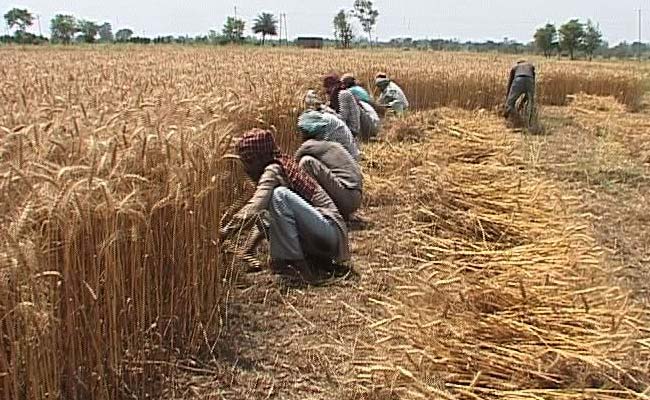Jharkhand’s Farm Loan Waiver Scheme
The Jharkhand Cabinet recently approved a loan waiver up to Rs 50,000 for 9.07 lakh farmers. The cabinet has earmarked Rs 2,000 crores for the purpose.
Key Highlights
According to the State Government of Jharkhand, there are 12.93 lakh farmers in the state. They have loan dues amounting to Rs 5,800 crores.
Other Approvals
- The Jharkhand Cabinet also approved the replacement of Pradhan Mantri Kisan Bima Yojana with its own Fasal Rahat Yojana. The State Government has allocated Rs 100 crores for Fasal Rahat Yojana.
- The amendment of Jharkhand Regional Development Authority was approved.
- Also, the cabinet approved of the decision that the State Government of Jharkhand under the Land Pooling Policy will not acquire any land. Also, under the policy, the Government will return a part of the developed land to the original owners.
Benefits of Loan Waivers
- Drop in income, rising costs and increasing incidence of indebtedness are increasing farmer suicides especially among small and marginal farmers. The loan waivers will bring in temporary relief.
- The two major factors of farmer crisis are falling income and indebtedness. According to the All-India Rural Financial Inclusion Survey of NABARD, the major sources of income of farmers are wages and cultivation. The survey says that the monthly income of Agricultural households from cultivation remained almost constant between 2013 and 2017. It was 3081 rupees in 2013 and 3140 rupees in 2017.
- The large agricultural farms usually receive that way was through loan restructuring or one-time settlement. However, the small and marginal farmers are not benefited through these measures. Therefore, it is essential to bring in loan waiver.
Concerns of loan waiver
- The loan waivers benefit only those farmers who have taken loan from the institutional sources. According to the NSSO survey, around 52% of Agricultural households were indebted. Of these only 60% had taken loan from institutional sources.
- Loan waivers have reputational consequences. They adversely affect the repayment disciplines of the farmers.
- The earlier loan waivers have not increased productivity or investment in agricultural sector. The first loan waiver in the country was launched in 1990.
- Loan waiver increase the non-performing Assets of banks.
- The loan waivers increase fiscal deficit of government.
Month: Current Affairs - December, 2020




